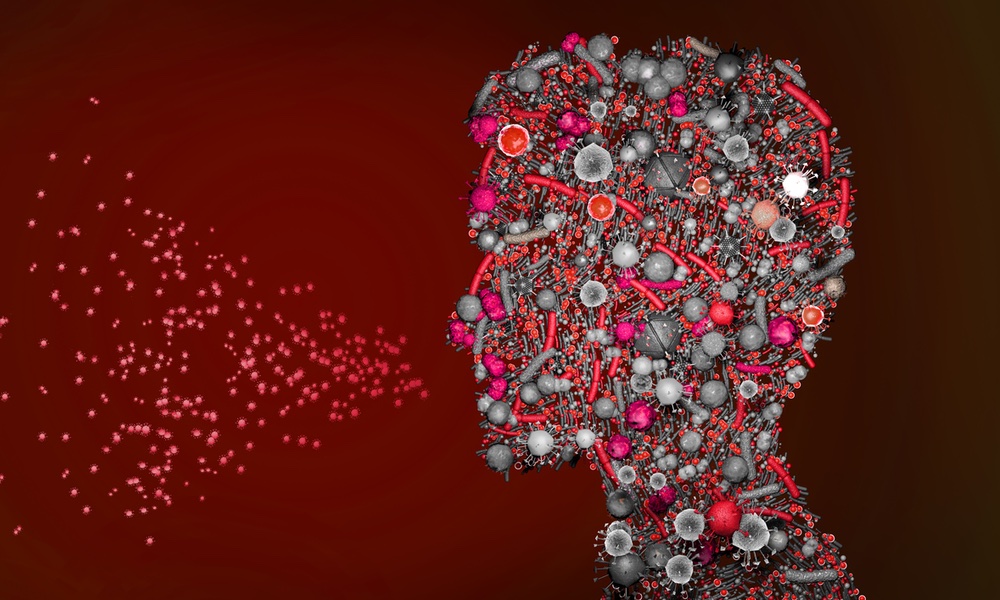The global spread of SARS-CoV-2 has offered ample evidence that transmission can’t be stopped by simply screening those with symptoms of COVID-19, the disease caused by the virus. Public health efforts have turned to focus on measures most likely to prevent continued widespread infection. Tracking the transmission of the virus by people who do not have symptoms, but are nonetheless infected with SARS-CoV-2, is one of the best tools we have to stop the spread.
The transmission rate from those without symptoms is greater than 50 percent, according to researchers at the U.S. Centers for Disease Control and Prevention. They compared the rate at which the virus was transmitted by symptomatic, presymptomatic and asymptomatic people — those who never develop symptoms — using analytical models.
The high rate of transmission among people who may not even know they are carrying the virus underscores the importance of wearing masks and social distancing, Jay Butler, deputy director for infectious diseases at the U.S. Centers for Disease Control and Prevention and the study’s lead author, told TheDoctor.Strategic testing of people without symptoms who have been exposed to the virus or who are in frequent contact with the public can help reduce the spread until safe and effective vaccines are widely available.
The findings assume an incubation period of five days. Peak infectiousness was computed at between three and seven days in different models. Current data led researchers to project that 30 percent of infected people would never develop symptoms and are 75 percent as infectious as symptomatic people. These assumptions imply that 59 percent of novel coronavirus transmission comes from people who don’t present with symptoms: 24 percent from those who are asymptomatic and 35 percent from those who are presymptomatic.The need to slow asymptomatic transmission is even more crucial in light of the emergence of new coronavirus variants.
The need to slow asymptomatic transmission is even more crucial in light of the emergence of new coronavirus variants. Butler warns, “At this point in time, what we know about variants like B.1.1.7 is that their emergence reinforces the importance of community mitigation efforts because these variants seem more transmissible.”
Eventually, Butler hopes modeling studies will help health officials determine when community efforts to contain the spread of the virus can be pulled back.





